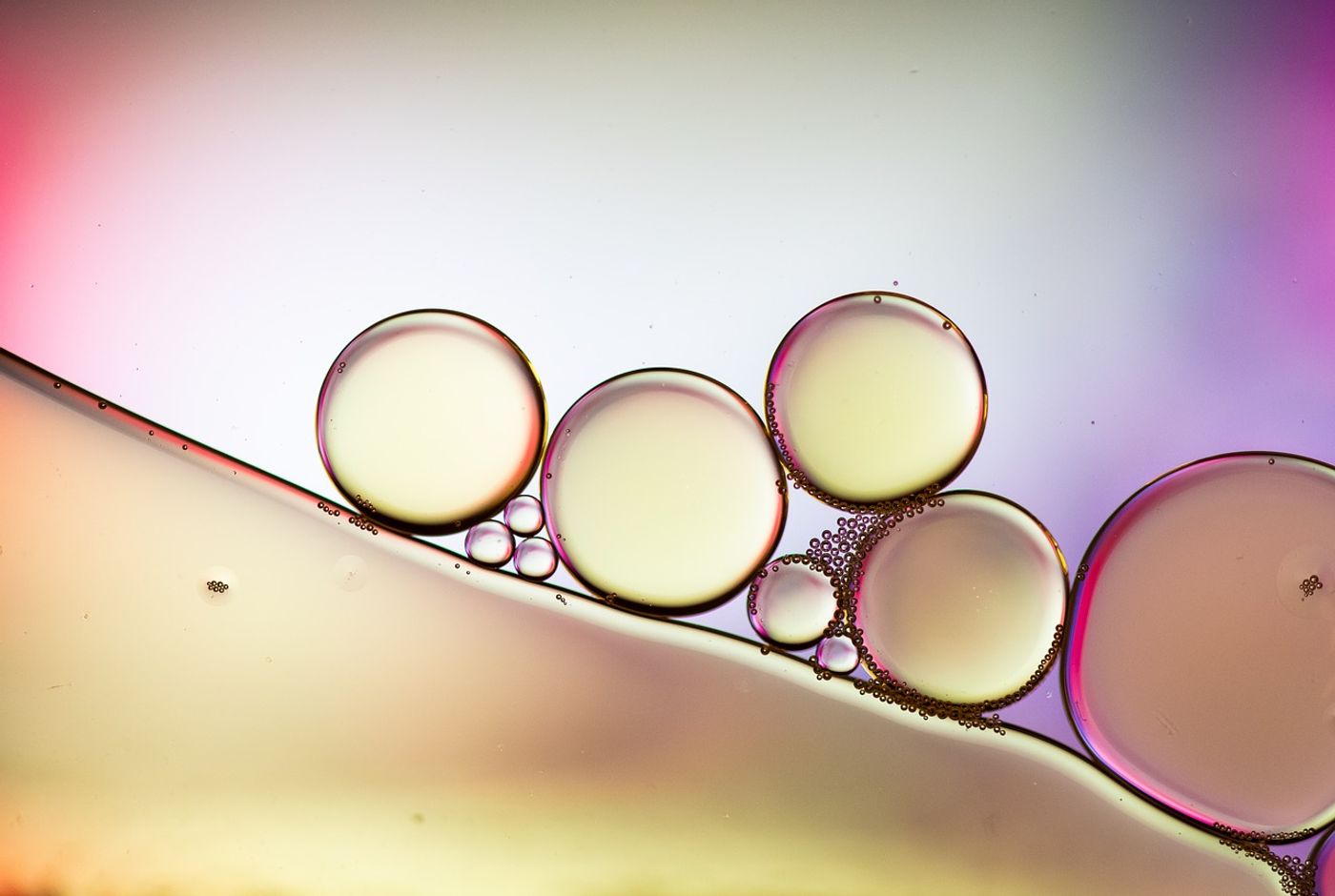Researchers Devise a Way to Model Membraneless Organelles
Most of us have seen what happens when oil and water are combined; when shaken, tiny droplets of one will form in the other part of the mixture, and the liquids will remain separate even when mixed vigorously. Scientists are now learning more about how this kind of phase separation is used in the liquid inside of cells. Cells can organize various molecules and components into so-called membraneless compartments or organelles, which often bring stuff together to promote different chemical reactions or biological processes.
Reporting in the journal Biomacromolecules, researchers have now generated membraneless compartments in a liquid suspension. They were able to make different compartments and sections without using any kind of physical barrier.
"A cell has a variety of compartments or containers, like the nucleus and mitochondria, with membranes that separate their contents from the rest of the cell," explained study author Gregory Mountain, a graduate student at Penn State. "These compartments help the cell perform different tasks in different locations. But researchers are continuing to discover compartments within the cell that lack physical outer membranes and that can form and then dissolve as needed. Disruption of these membraneless compartments has been implicated in diseases such as ALS, Alzheimer's, and type 2 diabetes."
To make membraneless compartments like those seen in cells, where molecules like RNA or proteins are kept together, the researchers used charged polymers that were made up of repeats of nucleotide bases (which make up RNA or DNA) or amino acids (which make up proteins). These simple polymers were also tagged with fluorescent labels so they could be easily visualized.
By combining the polymers, the researchers could watch opposite charges attract and different compartments form in the liquid, which did not contain physical dividers. If the scientists combined four polymers, they could make droplets with two compartments and could make sections within the compartments. When they combined six polymers, three compartments were generated inside the droplets.
"This straightforward method allows us to understand the basic chemistry of how multi-phase compartments could form and dissolve within a cell," said Mountain. "Then we can build up the complexity. Factors like temperature, salt concentration, acidity, and charge strength of the polymers can affect how these compartments behave, so it is important to first understand the common conditions under which their formation is possible."
Next, the researchers added macromolecules to the compartments to see how they reacted. Probes enabled them to observe the behavior. The polymers generating the strongest charge-based interactions tended to attract the most probes.
"Membraneless compartments might form within a cell to perform a specific task using specific components," said Mountain. "But it's unclear how the cell controls what components go where and why some molecules end up in one compartment versus another. By identifying the properties that determine where probe molecules end up within multi-phase compartments, we can start to understand how cells might prepare for chemical reactions."
The researchers want to learn more about manipulating these compartments.
"Eventually we hope to control when compartments appear and what types of molecules they contain," said Mountain. "We also hope to create systems with multiple kinds of membraneless compartments that can be individually controlled. Our work provides the groundwork for an experimental model of multi-compartment membraneless organelles within living cells and may one day also allow us to create artificial cells with multi-phase compartments."
Sources: AAAS/Eurekalert! via Penn State University, Biomacromolecules









